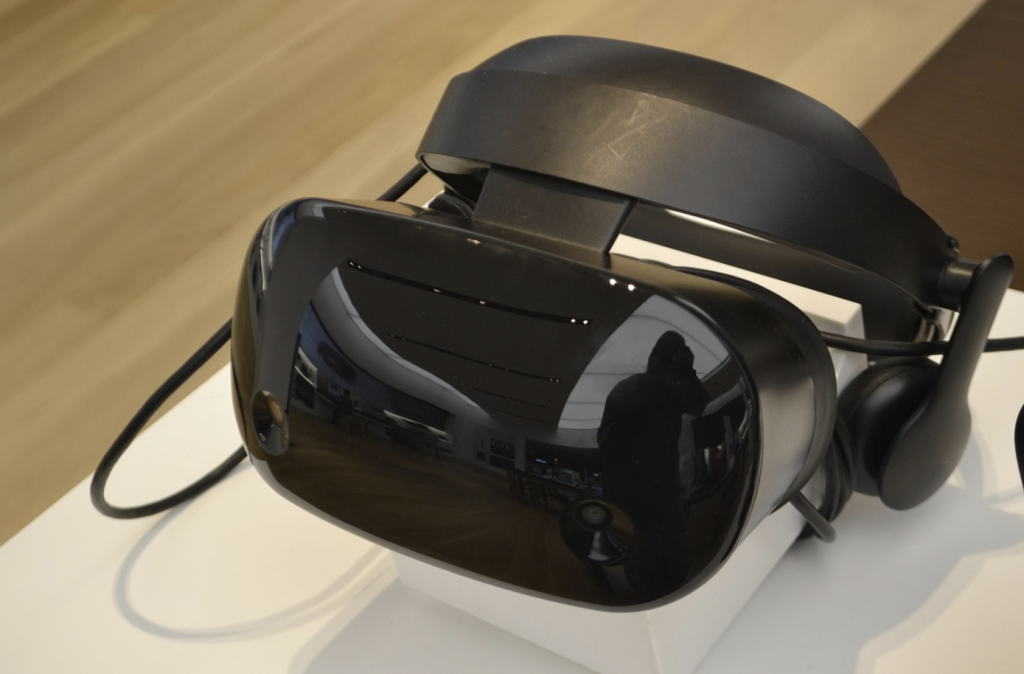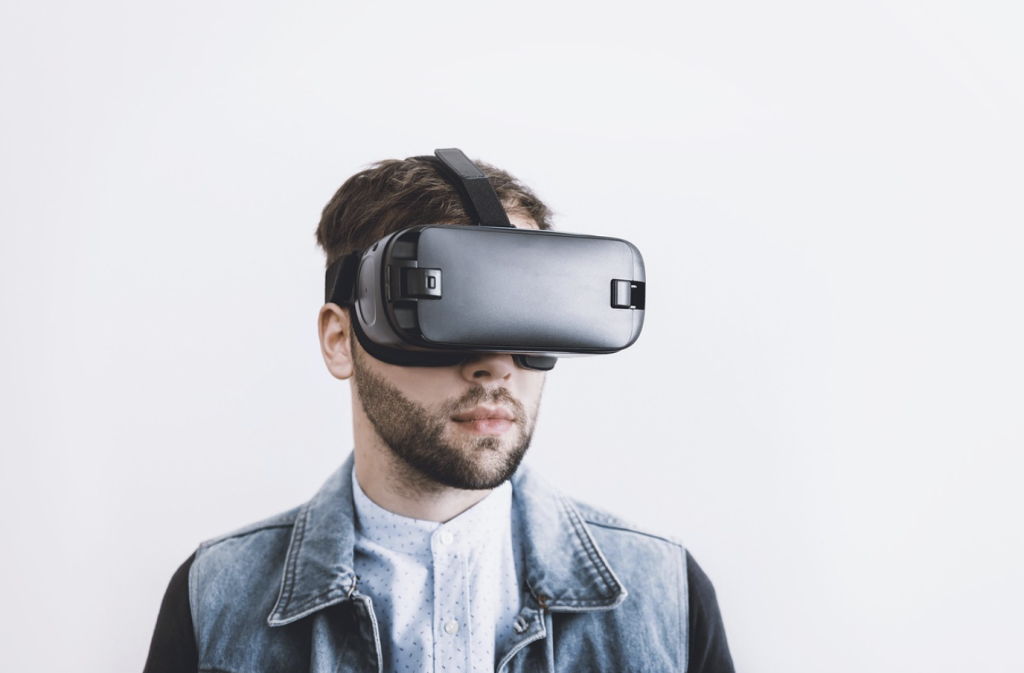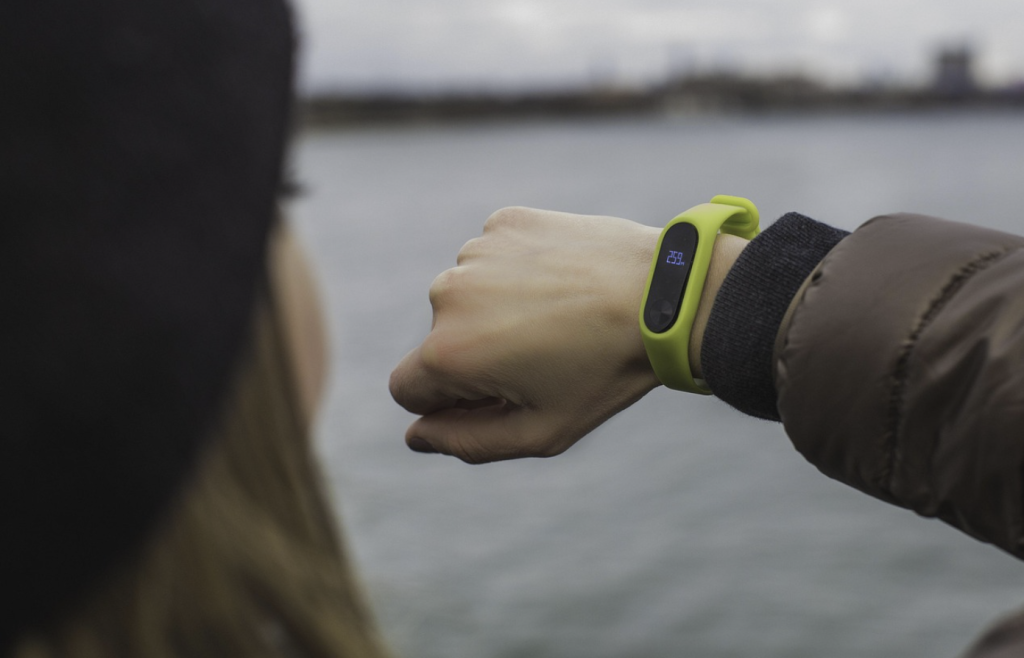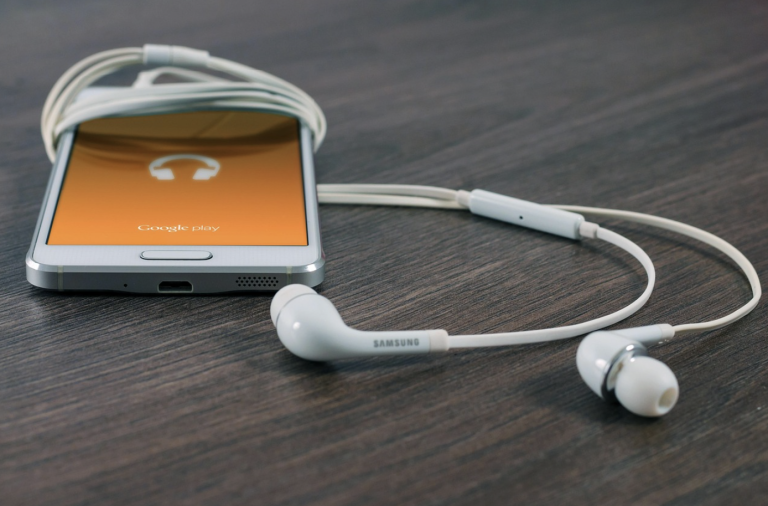
## Introduction: Welcome to the Age of Smart Everything
Ever feel like your tech isn’t quite keeping up with your imagination? That’s about to change. We’re entering an era where AI gadgets aren’t just “smart”—they’re proactive, intuitive, and downright futuristic. Think less about gadgets you control and more about gadgets that understand you.
## Why AI Gadgets Are the Next Big Thing
### AI’s Evolution From Software to Hardware
We’ve spent the last decade marveling at software-based AI—chatbots, voice assistants, recommendation engines. But now, AI is leaping from digital assistants into tangible, physical products. This transition means AI can interact with the real world—your world—more directly and more intelligently.
### The Rise of Edge Computing and Smart Integration
Thanks to edge computing, AI gadgets can process information locally without relying on the cloud. That means faster responses, better privacy, and more integration with your daily environment. It’s the difference between waiting for answers and having them instantly.
## 5 Upcoming AI Gadgets Poised to Revolutionize Our Lives
So, what’s actually coming down the pipeline? Here are five AI gadgets that could seriously change how we live, work, and interact.
### 1. Smart AR Glasses with Real-Time AI
#### Contextual Awareness and Translation Capabilities
Imagine slipping on a pair of glasses that not only let you see the world—but enhance it. These glasses use built-in AI to translate signs, menus, or even speech in real time. Going abroad? Language barriers are no longer a thing.
#### Productivity and Visual Overlay Enhancements
Beyond translation, these glasses will provide overlays for directions, meeting notes, or even facial recognition. It’s like Iron Man’s HUD, but for your everyday life—emails, texts, and reminders floating in your field of view.
### 2. AI-Powered Domestic Robots
#### Emotional Intelligence and Personalized Assistance
Forget Roombas. The next generation of domestic robots will do more than vacuum. They’ll detect your mood, learn your daily habits, and provide proactive support—reminding you to hydrate or suggesting relaxation if you’re stressed.
#### Seamless Smart Home Integration
These robots will act as central hubs, managing lighting, climate, and security. With voice and gesture control, they’ll become true household companions—responding to you like a family member rather than a machine.
### 3. Wearable Health AI Monitors
#### Predictive Health Alerts and Chronic Disease Tracking
Health tech is getting personal. These wearables will track heart rate, blood sugar, stress levels, and even early signs of conditions like arrhythmias or sleep apnea. Think of them as a mini-diagnostic lab on your wrist.
#### Challenges of Privacy and Health Data Security
With great data comes great responsibility. The main hurdle? Making sure this sensitive health information doesn’t end up in the wrong hands. End-to-end encryption and transparent user control will be essential.
### 4. AI-Piloted Autonomous Mobility Devices
#### Beyond Self-Driving Cars: Intelligent Travel Companions
Autonomous vehicles are evolving into AI travel companions. Instead of just driving, they’ll learn your preferences—music, routes, pit stops—and adapt in real time to traffic and mood. Morning commute? Your AI car already knows you want silence and coffee recommendations.
#### Vehicle-to-Everything (V2X) Communication Revolution
These vehicles will connect to smart traffic lights, pedestrian signals, and even nearby vehicles. The result? Smoother rides, fewer accidents, and cities that function like well-oiled machines.
### 5. Adaptive AI Tutors for Education
#### Personalized Learning Paths and Feedback Loops
Education is becoming hyper-personalized. AI tutors will analyze how each student learns—visually, audibly, through repetition—and adjust lessons accordingly. Forget one-size-fits-all; this is learning tailored to your brain.
#### Reducing the Global Education Gap
What about areas lacking teachers or resources? AI tutors can deliver high-quality education anywhere, breaking barriers in underserved communities and leveling the playing field for millions.

## Challenges and Ethical Dilemmas of AI Gadgets
### Data Privacy and Informed Consent
As these gadgets collect more personal data, consent and transparency must be at the forefront. People need to know not just what data is collected—but how it’s used, stored, and protected.
### The Sustainability Question: E-Waste and Energy Use
AI hardware requires rare materials and constant energy. Companies will need to build sustainable systems, including recyclable components and energy-efficient chips, or risk turning a solution into another problem.
## Market Trends and Investment in AI Hardware
### Industry Leaders and Their Innovations

Tech giants like Apple, Google, and Tesla are racing to dominate this space. Apple’s rumored smart glasses, Tesla’s Optimus robot, and Google’s AI integrations into everyday products are just the beginning.
### What Investors Are Watching in AI Tech
Venture capital is pouring into AI startups, especially those focusing on real-world applications like health monitoring, elder care, and logistics. Investors want hardware that solves practical problems—not just looks cool.
## Conclusion: Embracing an AI-Augmented Tomorrow
We’re standing at the edge of an AI revolution—not just on our screens, but in our streets, homes, and even bodies. These upcoming AI gadgets promise convenience, intelligence, and personalization on a level we’ve never seen before. The question is no longer if they’ll arrive—it’s when and how we’ll adapt.
## FAQs
Q1: Will AI gadgets eventually replace smartphones?
Not completely, but they might shift the role of phones to background hubs while AI gadgets take over interactive functions.

Q2: Are AI-powered robots safe for home use?
Yes—if they follow strict safety protocols and include user overrides. Many are designed with child- and pet-friendly features.
Q3: How soon can we expect AR AI glasses to be available?
Some prototypes are already in limited use. Consumer versions are expected to roll out by 2026.
Q4: What happens if an AI health monitor gives wrong results?
Most are designed to complement—not replace—doctors. Users should always consult professionals if symptoms persist.
Q5: Can AI tutors fully replace human teachers?
They can assist, especially where teachers are scarce, but emotional intelligence and mentorship are still human strengths.




